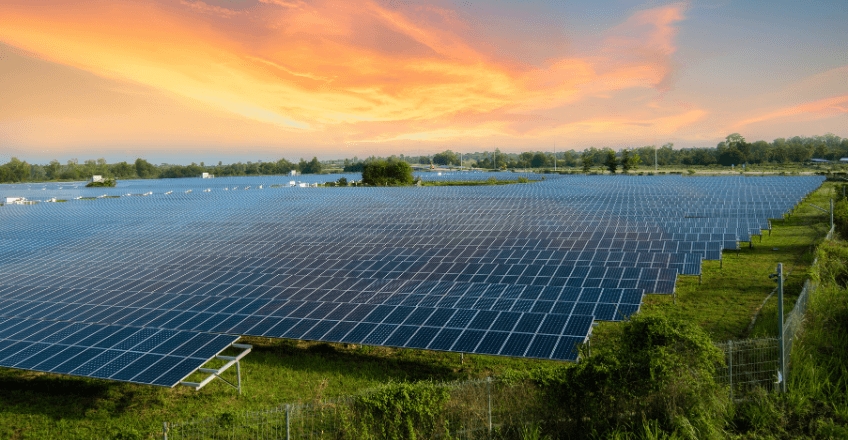Green Energy. What does it mean and how can it help you?
Published date: January 2020

Green Energy tariffs have become increasingly popular in recent years, as concerns around climate change and diminishing fossil fuels reserves became increasingly popular. But what exactly is green energy? It is a renewable and sustainable energy source, harvested using smart energy production, for our use as a fuel. Unlike fossil fuels, there is no chance of exhausting this fuel, and pollution is negligible. But where does green energy exactly come from? Let’s delve into the different types.
Biogas
Biogas is produced during the decomposition of organic matter. Organic materials, when stored without oxygen, cause materials to ferment and produce methane, carbon dioxide, and other gases. The methane produced can be used to fuel vehicles, heat homes, and produce electricity. As well as this, the remaining extract transforms into a valuable fertiliser, ideal for serving as a boost for crops.
Biomass
Biomass refers to any type of organic matter and can be obtained from flora and fauna. Biomass is converted into liquid biofuels, in which you might commonly known as ethanol, biodiesel and, as biogas to be used as usable energy. This biomass can also be used in domestic settings, for example, using wood to emit heat and generate electricity in biomass boilers.
Hydroelectric Energy
Hydroelectric energy is generally produced by constructing dams on rivers to produce hydroelectric power. River water is first channelled narrowly to increase the pressure of the flow and then it is then forced by pressure to raise and catapult itself over the dam. The rotors and turbines catch the accelerated water while free falling from gravity at the top of the damn. This is how, kinetic energy from the flowing water initially converts to potential energy (on top of the dam) and then gets transformed into electric energy via the generator.
Solar Energy
As you can guess from the name, solar energy is obtained from the largest energy source in our planetary system - The Sun. This energy is created via constant nuclear fusion reactions occurring within the sun. It sounds complicated but essentially, this energy reaches to us via solar rays that we can then harvest for solar power. To do this a solar panel is used, where photovoltaic cells convert this energy into usable electricity.
Wind Energy
Wind energy or wind power is usually harvested by huge wind turbines that you might see isolated in large open fields which are often called ‘wind farms’. The turbines used are equipped with huge generators that convert wind to energy. When the blades of the turbines are moved by gusts of wind, this, in turn, rotates the generator and generates electricity d. Did you know our gusty British gales are created naturally by a difference in temperature among different regions and the earth's rotation? The Earth's topology also affects wind flow.
What are the benefits of choosing green energy?
Green energy is essential to reduce the carbon footprint of humanity on the planet. It also reduces the dependence on decreasing and polluting fossil fuels. Taking the step to educate yourself on better energy sources is the first step in making the planet a better place for you to live. If you want to know more about choosing green energy for your home, read up on how we produce our Green energy – Community Power.
How green is my supplier?
When comparing green tariffs, you will need to take care as some suppliers are greener than others. We encourage you to do your research with a comparison service and make the choice that’s right for you.
But trust us when we say that we are committed to providing our customers with a truly green option helping them step into a low carbon lifestyle.




Leave us your comment
You need to login to submit a comment. Please click here to log in or register.